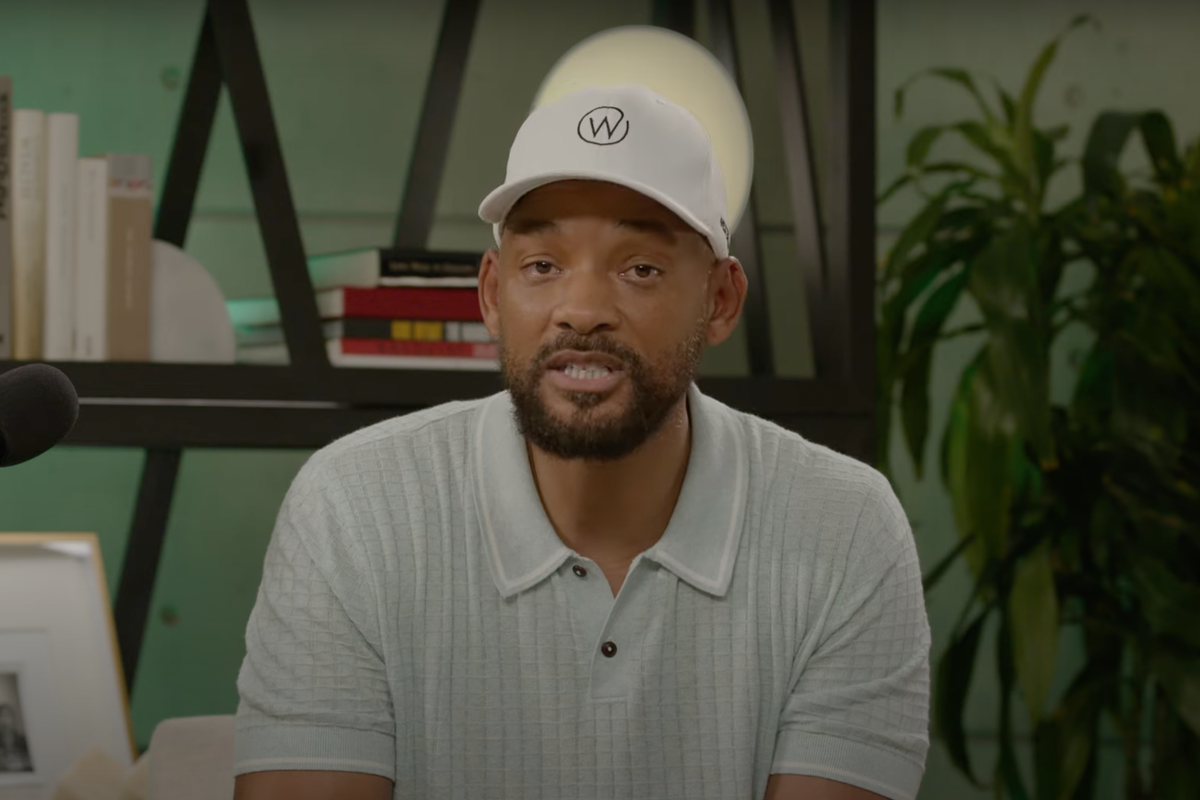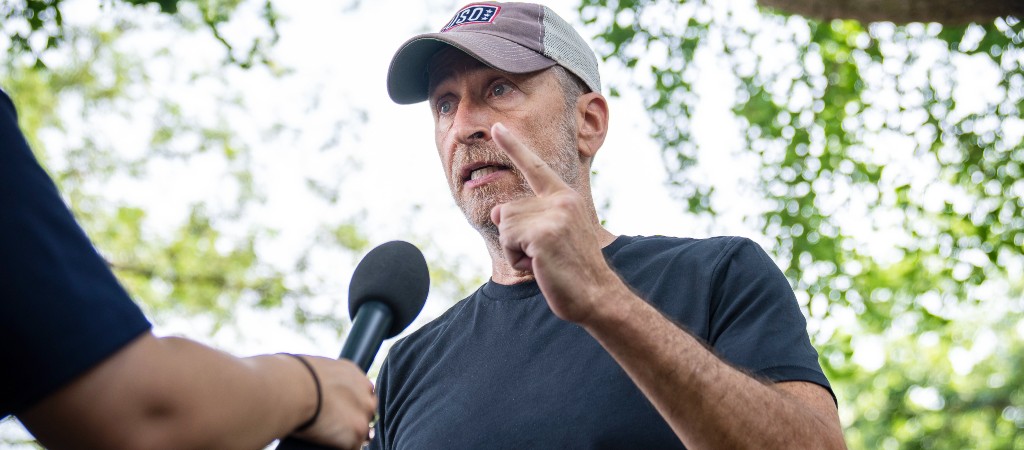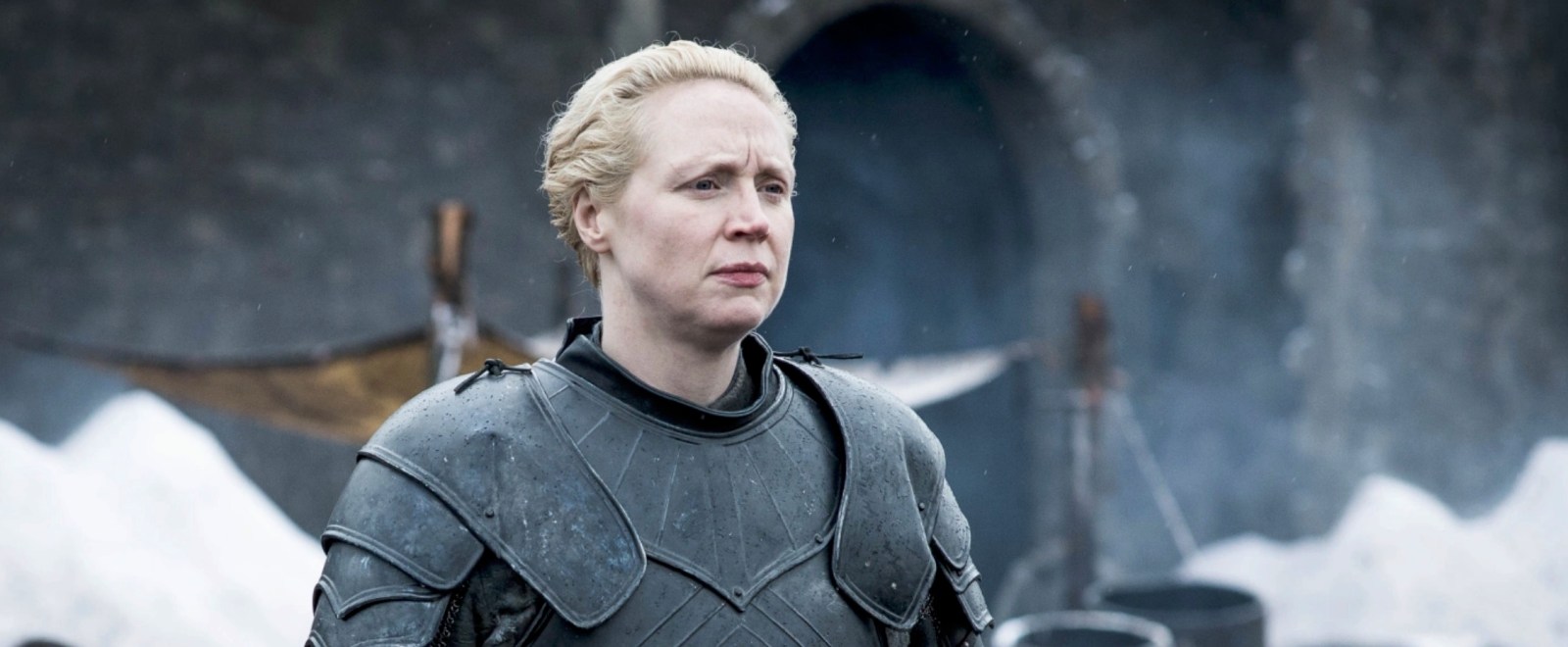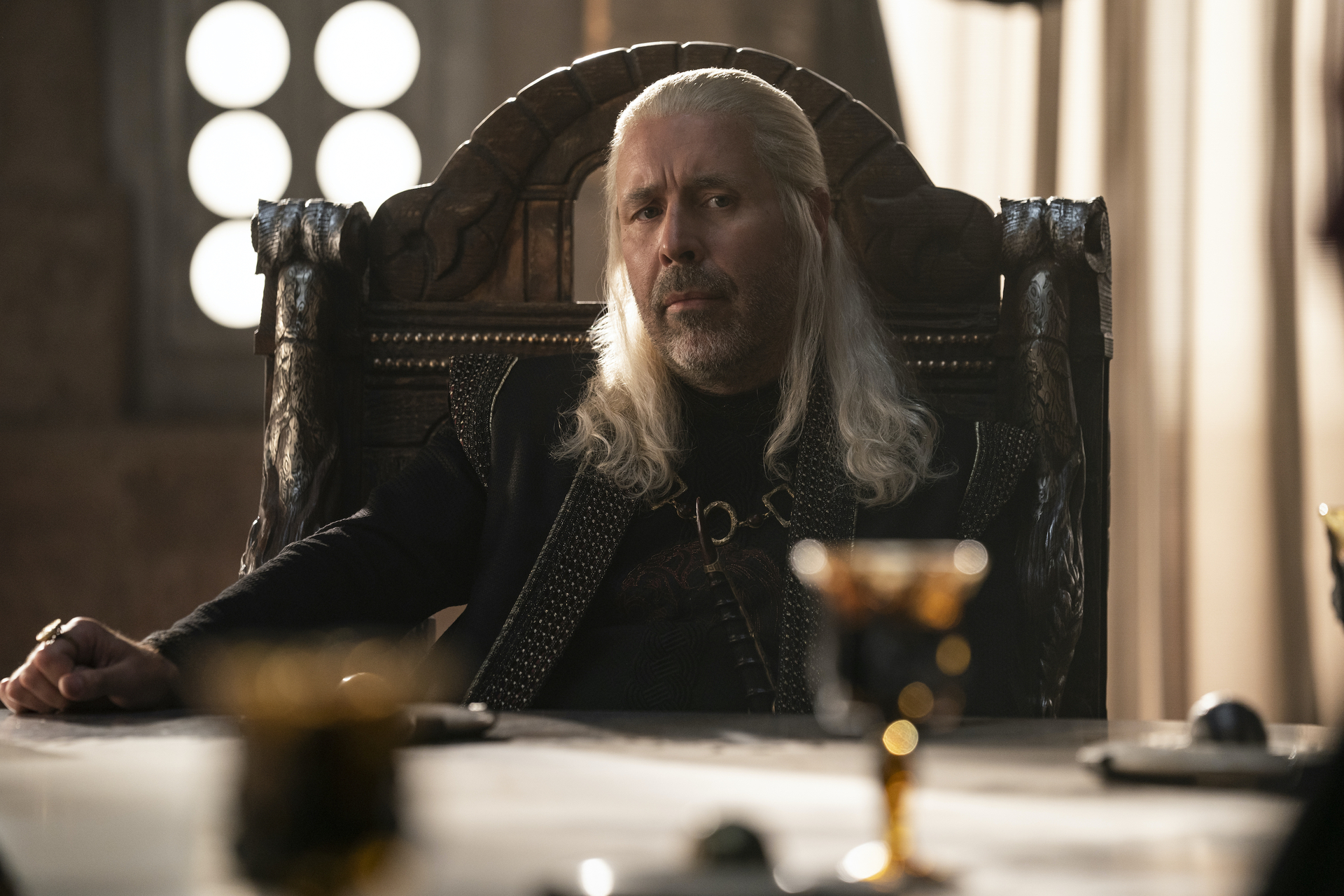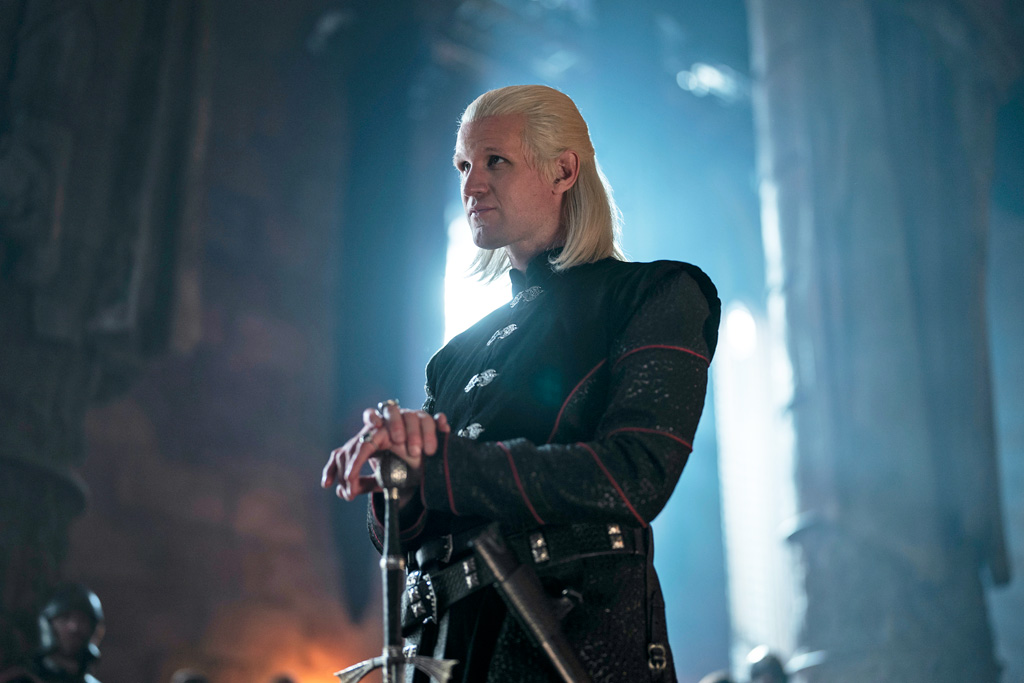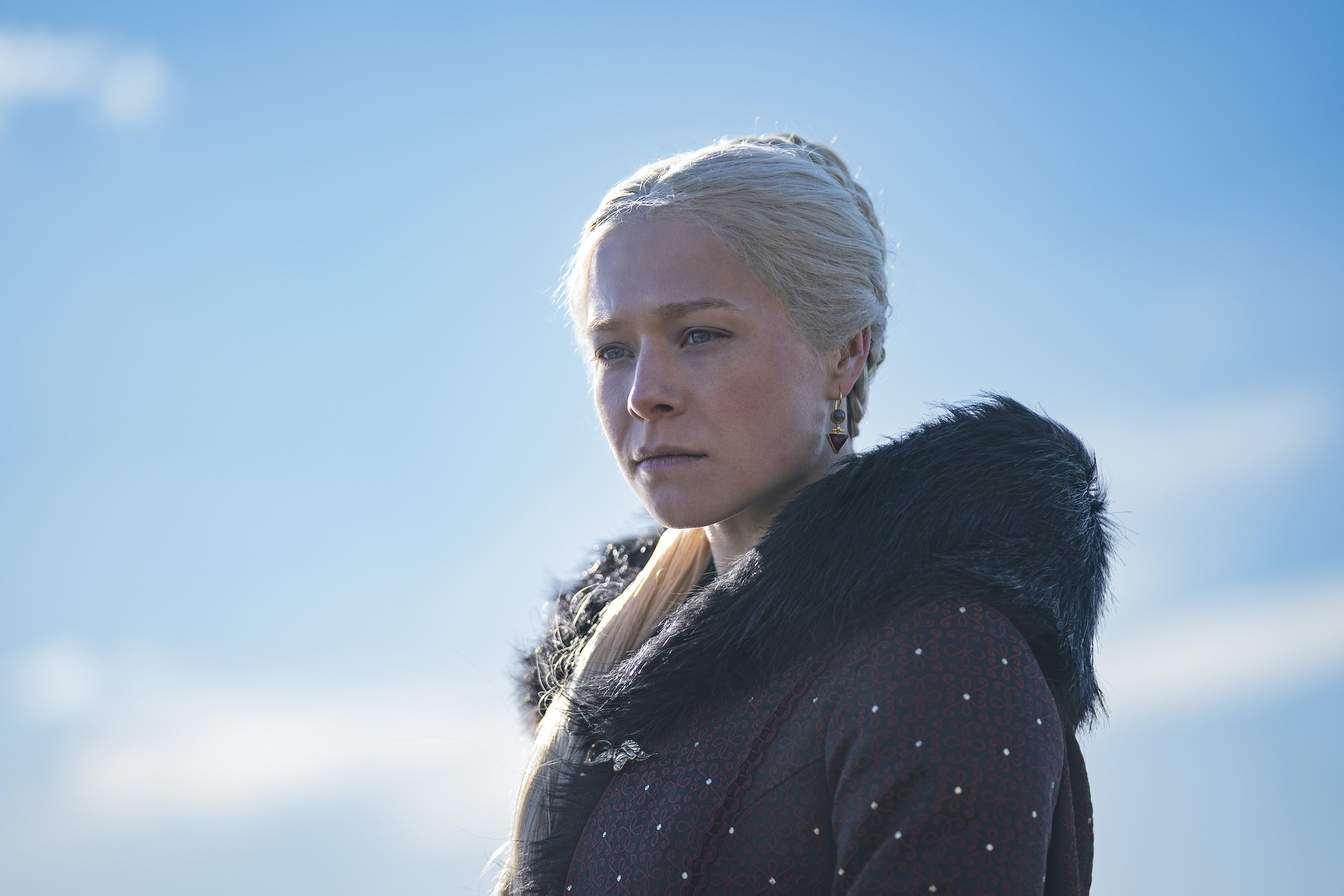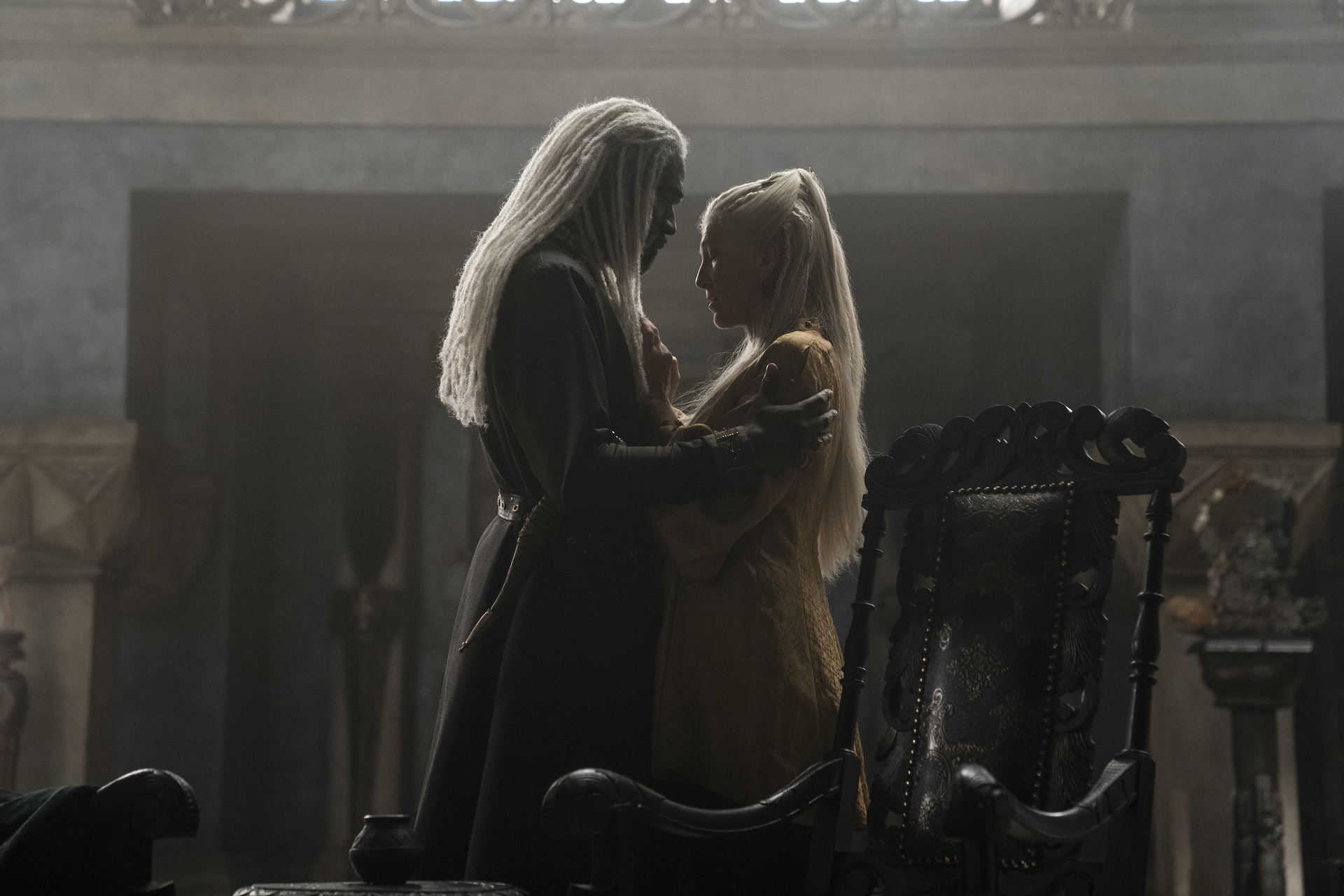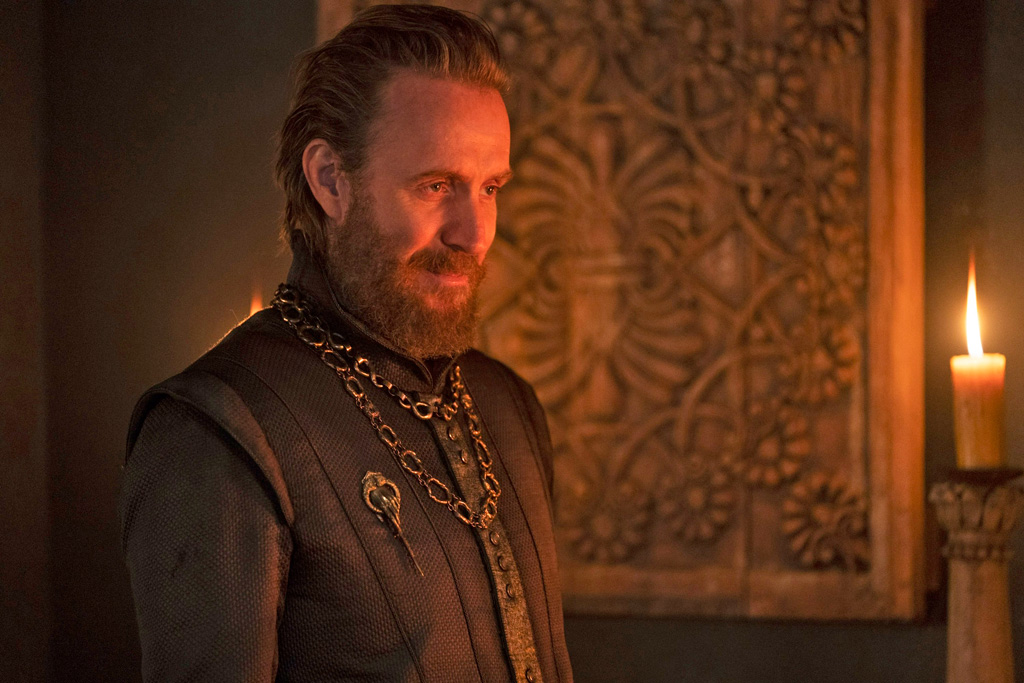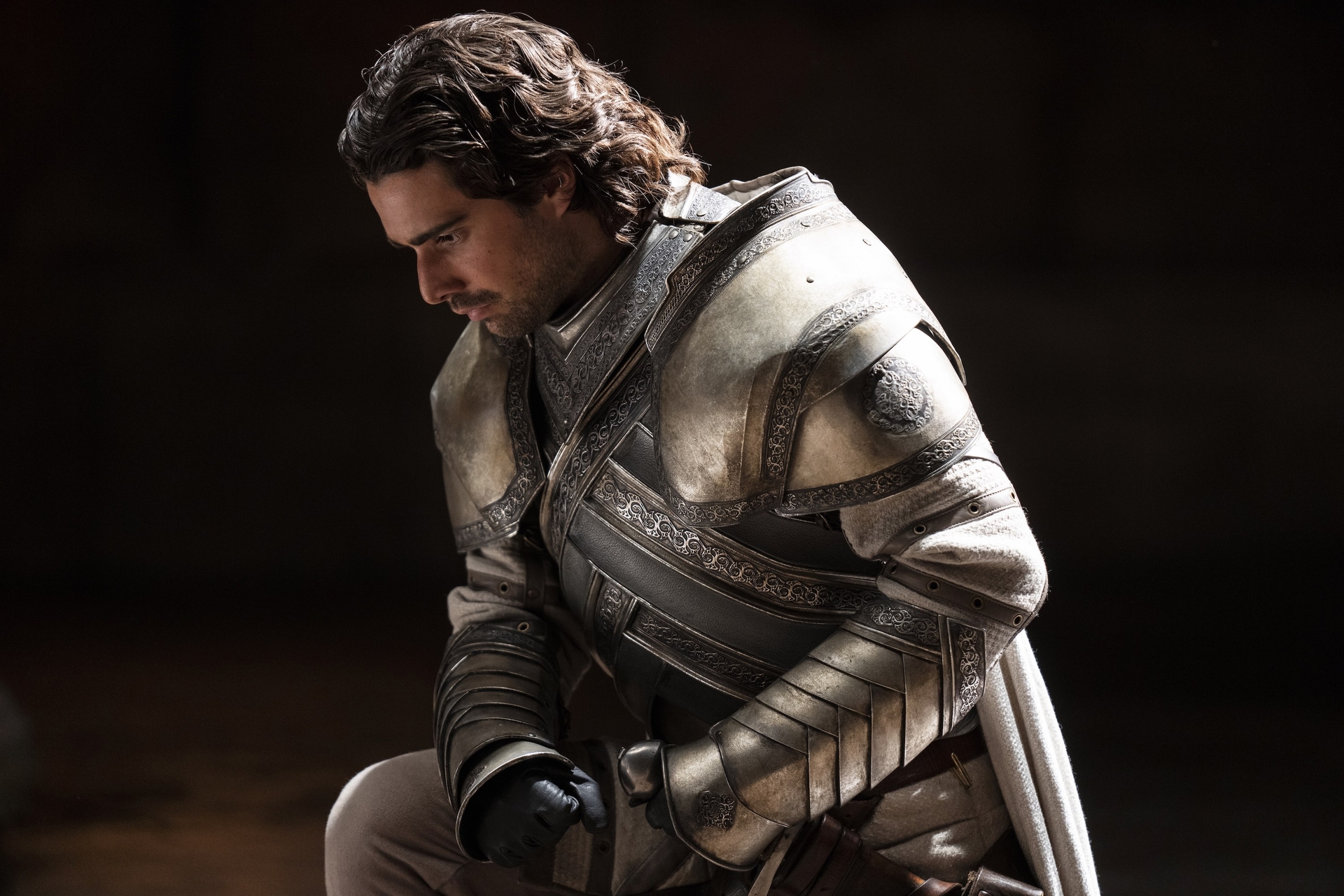Although Markelle Fultz is approaching his sixth NBA season, who exactly he is and will become feels rather murky. Since entering the league in 2017, he’s suited up for just 131 of a possible 391 games. Injuries have derailed him in all but one year (2019-20). Adaptation to a novel environment, whether it’s a new team or rotating cast of teammates, is central to his NBA story.
After tearing his ACL in early January 2021, which sidelined him for nearly 14 months, Fultz returned to the Orlando Magic’s lineup in late February last season. Across 18 appearances, the 24-year-old (again, he’s still very young) averaged 10.8 points (51.7 percent true shooting), 5.5 assists, 2.7 rebounds, and 1.1 steals in 20 minutes per night.
Almost from the outset, the 6’3 guard illuminated that he’s Orlando’s premier creator in the backcourt. A newfound willingness to embrace contact, when paired with his long-standing creativity and contortion, amplified his emergence as a dynamite slasher and interior scorer.
According to Cleaning The Glass, he shot 72 percent at the rim, which ranked in the 98th percentile among combo guards. His 35 percent rim frequency placed him in the 78th percentile, while just 19 percent of those buckets arriving via assists was good for the 100th percentile. All three numbers determine a logical conclusion: he’s an elite finisher and slasher. They’re also reinforced by visual aids.
Fultz’s handle is remarkably fluid. Among spins, crossovers and between-the-legs weaponry, his acceleration and change of direction out of complex dribble moves are uncanny. Despite his straight-line burst being mediocre, his second, third and fourth steps are top-tier. He gobbles up space with long, powerful strides downhill and punctuates drives by virtue of his ingenuity and flexibility around the basket.
Sometimes, he proceeds with the brashness of a bulldozer to plow through ill-equipped defenders; the degree to which he applied his functional strength in 2021-22 seemed like a significant improvement from prior years. Other times, he spirals and slaloms around defenders like a graceful tap dancer. His comfort toggling between divergent natures helps fuel him.
There’s an ease to which he manufactures paint touches unrivaled by his Magic contemporaries, as well as few other guards around the NBA. His movement skills and physicality pop off the screen, especially considering he was playing his first 18 games following a torn ACL a year earlier.
Fultz’s slashing style suitably complements the likes of Cole Anthony, Jalen Suggs, and Franz Wagner. Anthony and Suggs are best deployed in off-ball roles, while Wagner showcased significant proclivity on cuts and attacking closeouts, in addition to his budding creation, last season.
Between inverted pick-and-rolls and Fultz’s interior passing chops, Wendell Carter Jr. and Fultz also cultivated some rapid chemistry. Fultz is a gnarly screener and breathtaking finisher, which fit aptly alongside Carter’s renewed confidence and ball skills as a shooter and driver; Carter also paved runways at the cup for his teammate with Gortat Seal Screens, and I’d like to see their partnership explored even deeper this coming year.
If No. 1 pick Paolo Banchero refines his off-ball scoring (he’s prone to pausing and surveying options off the catch, thus surrendering advantages), it’s evident how Fultz could simplify life for him and how they could team up in ball-screens, each cast as an initiator and roller.
Fultz’s 45.2 percent assist rate was in the 100th percentile last season. A lot of dimes were rather straightforward, yet stemmed from an innate ability to bend the defense. Once he compromises the shell of a unit, whether his handle, measured pacing, or use of screen is responsible, he excels at building upon that initial advantage.
His passing acumen can be a curse because he’ll process reads quicker than his teammates and expect them to occupy openings they’re unaware exist, leading to turnovers. But he is a truly magnificent playmaker, slinging feeds at an array of deliveries and angles, both inside and beyond the arc. According to PBPStats, 87 of his 99 assists yielded makes at the rim or from deep. The effortlessness of his paint touches, Elastigirl limbs, and entrepreneurial playmaking eye coalesce for multifaceted table-setting.
Because Fultz can almost always mount two feet in the paint, a vital future step in his development is expanding his means of reliable scoring away from the hoop. Despite shooting 72 percent on a play type that composed over a third of his shot chart, his true shooting percentage (51.7) was nearly five points south of league average (56.6).
He’s at peace from the midrange, but went just 38 of 100 (41st percentile) in that region and had only ranked above the 14th percentile there once throughout his first four seasons. His release point is preposterously elevated, to the point that most big men can’t even contest it, but the effectiveness has yet to mirror the aesthetic pleasure of periodic makes.
Such a glaring dissonance is present between the mechanics of his midrange and outside jumper that expecting viable long-range shooting feels unwise. Enhancing his scoring efficiency likely requires an improvement from midrange (45-46ish percent would be a welcomed, attainable boon) and as a foul-drawer. During his first three years, contact aversion presumably hamstrung his free-throw rate (.209).
But his willingness to weather physicality, in addition to his bountiful rim volume, should, in due time, produce a free-throw rate that genuinely behooves his scoring numbers. That will take time, though, because this retooled approach as an intrepid, devastating acrobat of a finisher is still so young. Even if the trope that established players earn the benefit of the doubt more than their peers is overused, it still carries some relevance. As Fultz continues to boldly and eagerly slice to the rim, I’d wager he’ll experience an uptick in foul shots.
Wing-sized stoppers were his Kryptonite and the lack of a trusty jumper short-circuited more than a few possessions, though such is life for a 6’3, paint-oriented ball-handler. How he fares off the ball as Wagner and Banchero warrant creation opportunities will be worth monitoring for his long-term fit with the Magic. Given his slashing credentials, I like his chances pouncing against tilted defenses, but the inability to spot up beyond the arc is certainly a hurdle to navigate.
Aside from his amended finishing ethos, Fultz’s growth looks most pronounced on the defensive side of the ball. After a few weeks to assimilate to the speed of the league — 14 months off will necessitate that — he began to slip into a positively pestering and useful role.
Once often neutralized by picks or late to engage them, his screen navigation grew evasive, as he ducked his shoulders low, stayed attached to assignments and wielded that 6’9 wingspan to perturb dudes. During his first 10 games, he nabbed seven steals. Over his final eight, he tallied 13 takeaways, shifting from a reactive to proactive manner in which he rediscovered his rangy playmaking instincts. His steal rate (2.4 percent) and block rate (0.7 percent) both ranked above the 69th percentile.
Demanding multiple weak-side rotations of him was still overwhelming occasionally. His foot speed in isolation could be troublesome and flat-footed sequences reared their head. Timing in preparation to maneuver around picks wasn’t always punctual.
Nonetheless, he absolutely played like a solid-to-good guard defender, especially throughout the second half of his abbreviated 2021-22. A Fultz-Suggs starting backcourt is pretty intriguing defensively and the collective upside of Orlando’s core if/when it can streamline cohesion (a weak point last year) is quite appealing.
As the Magic commence their second full rebuilding year, clarifying who all is worth prioritizing on this journey moving forward should further manifest. Wagner, Carter and Banchero are prudent picks. The backcourt is much hazier. Suggs, Anthony, Fultz and RJ Hampton are all 24 or younger and call central Florida home. Currently, Suggs and Fultz should be the frontrunners (if a decision is needed).
In spite of all he’s endured since joining the league overflowing with offensive gusto, Fultz is a good player, one who’s fashioned a funky, potent driving game to mitigate the erosion of his previously silky pull-up jumper. His defense presents obvious utility on and off the ball too. A year from now, following a full season to reintegrate post-injury, merely deeming him “good” might not accurately capture all that he provides.
